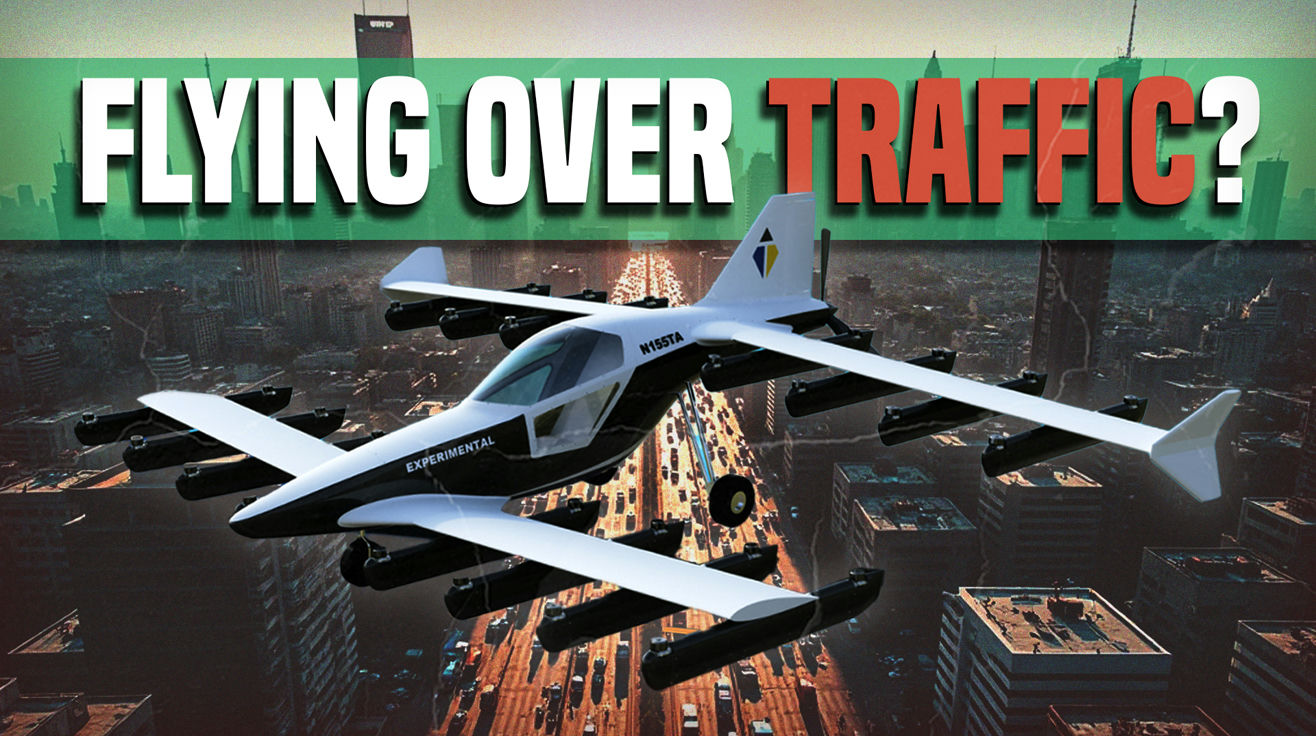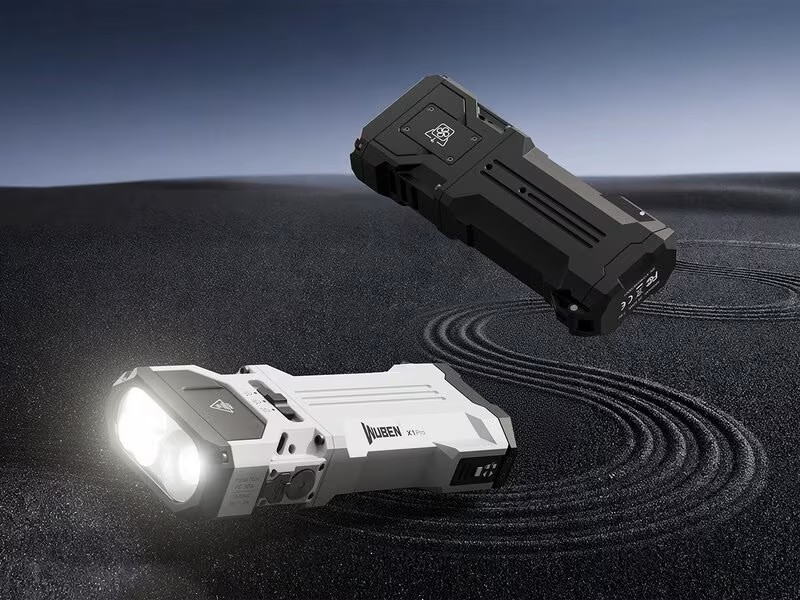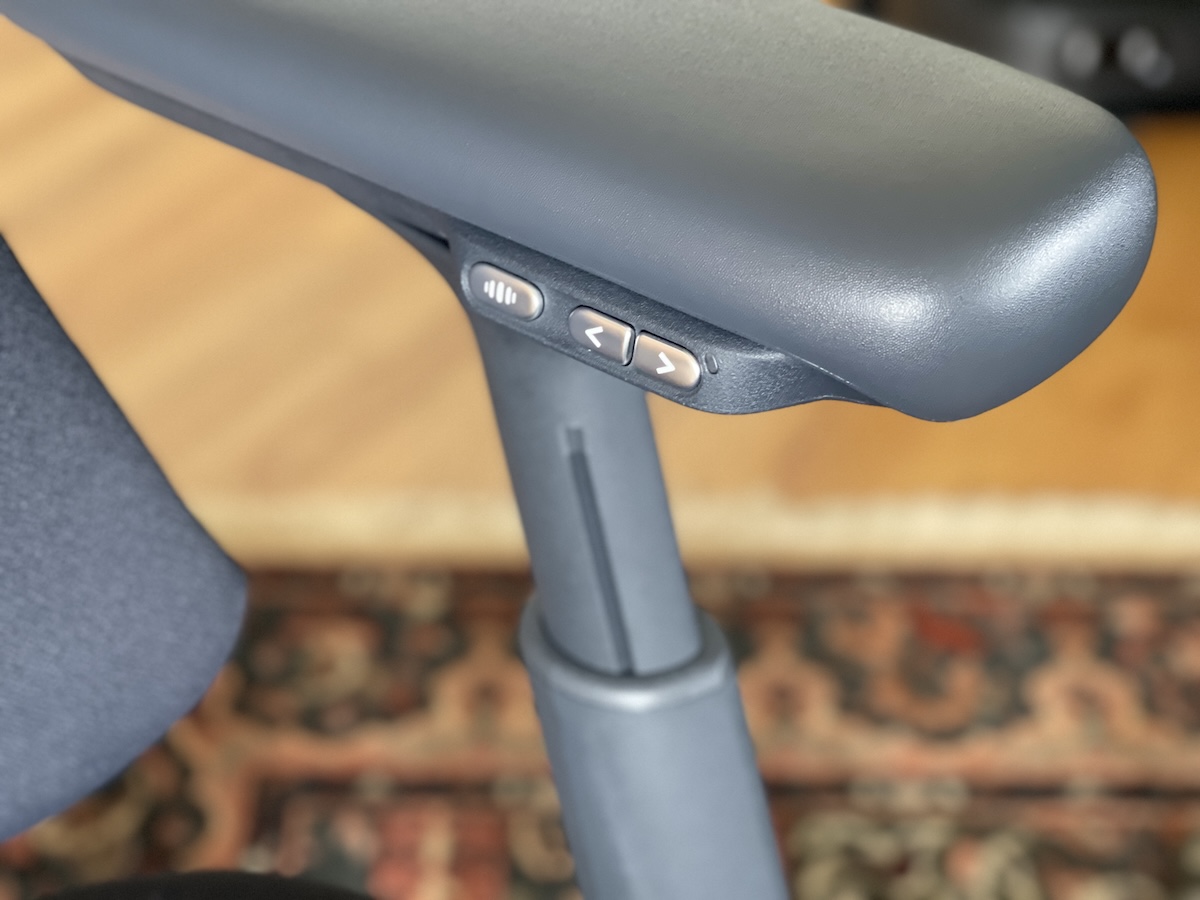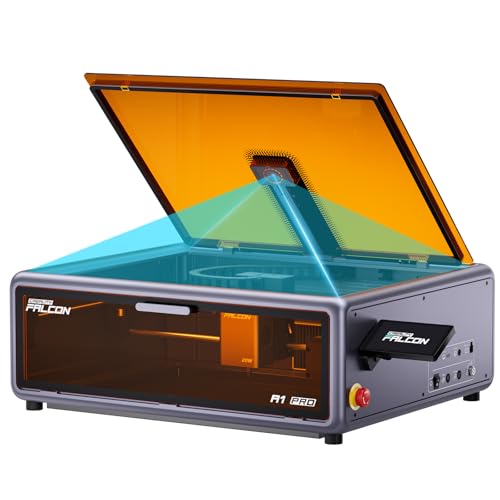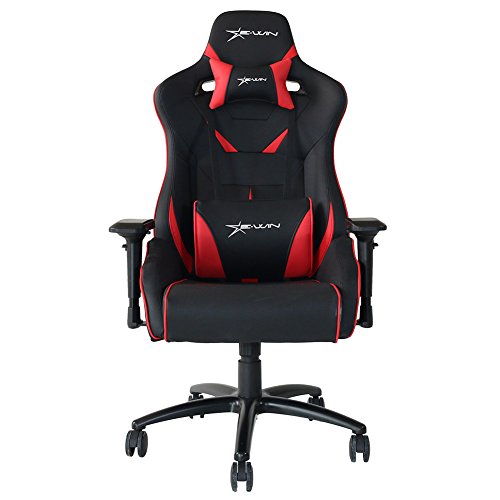Japan’s aviation sector is about to pull a full Phoenix, rising from the constraints of conventional flight into something barely recognizable. Forget marginally faster planes or electric cars with wings slapped on. We’re talking about designs that will make current aircraft look like those paper planes you folded in middle school. Japan’s aviation sustainability initiatives are pushing the limits of green technology, with engineers cooking up electric propulsion systems and airframes so efficient they make your hybrid car look like a coal-rolling monster truck. From supersonic travel to traffic systems that actually work, Japan’s innovations aim to slash carbon emissions while still getting you where you need to go.
15. Tetra Aviation Mk-5 (Solo Sky Cruiser)
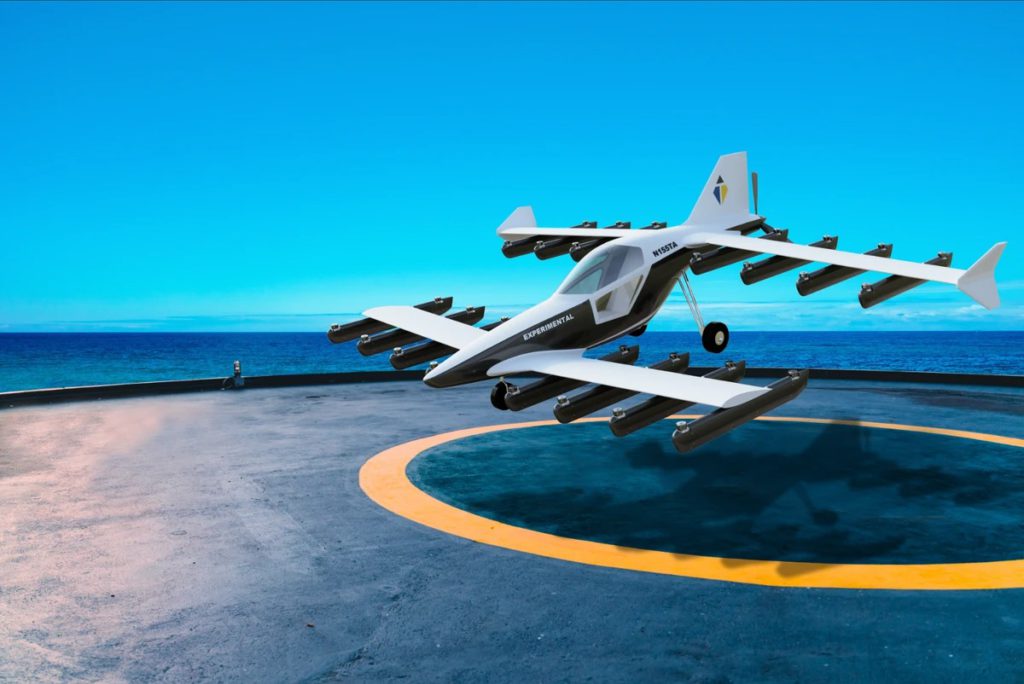
The Tetra Aviation Mk-5 answers a question we’ve all had: “What if I could just fly over all this?” This single-passenger eVTOL with its 32 rotors is trying to give you personal freedom in three dimensions.
With a 160-kilometer range at 160 km/h, it turns regional travel into a direct line rather than a winding road journey. The fixed wings provide gliding capability if things go sideways, which is exactly the kind of backup plan you want when flying solo. Regulatory hurdles remain the biggest obstacle, not technology. The Mk-5 isn’t just transportation; it’s liberation from roads, traffic, and the two-dimensional thinking that’s limited personal mobility for a century.
14. Kawasaki C-2
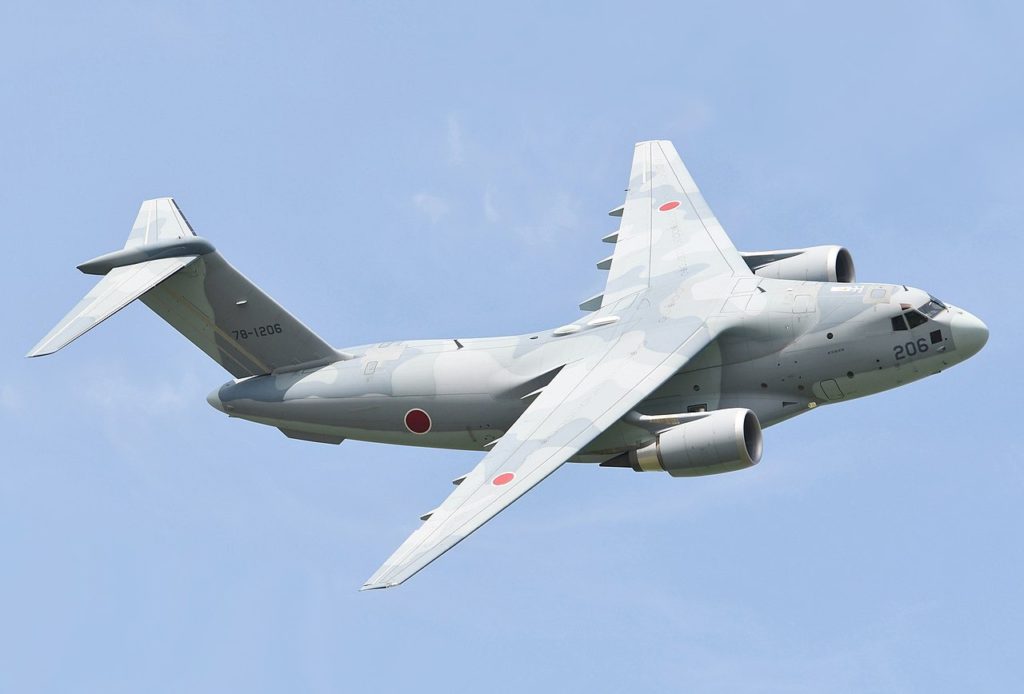
The Kawasaki C-2 makes other military transports look like they’re still using dial-up internet. This is a flying testament to what happens when you start fresh instead of upgrading old designs. Kawasaki C-2 military transport sets new standards for military airlift, reflecting Japan’s strategy of homegrown innovation over incremental upgrades.
Hauling 36 tons of cargo across 8,000 kilometers at 890 kilometers per hour isn’t just impressive—it’s category-redefining. The advanced avionics and stability systems mean this plane can thread the needle into tight landing zones that would make other transport pilots break into a cold sweat. Yes, it lacks the global support network of American transports, but what it lacks in infrastructure, it makes up for in capability.
13. Electric Aircraft Revolution

Eviation’s Alice electric aircraft costs 60% less per flight hour than comparable turboprops, and Japanese companies like Kawasaki Heavy Industries are developing similar platforms for the domestic market. Eviation Alice electric aircraft has marked a turning point for electric regional aviation, with implications for Japanese market adoption. MHI’s eSTOL (electric Short Take-Off and Landing) project targets 2028 certification for 19-passenger regional flights.
Battery costs have dropped 90% since 2010, making electric aviation economically viable for routes under 500 kilometers. Whisper-quiet operation and advanced cockpit displays—akin to those found in the Best Gaming Monitors opens airports previously restricted by noise regulations, while zero local emissions satisfy increasingly strict environmental requirements. Kawasaki’s hybrid-electric helicopters already demonstrate the technology’s readiness for commercial deployment by 2026.
12. ShinMaywa US-2
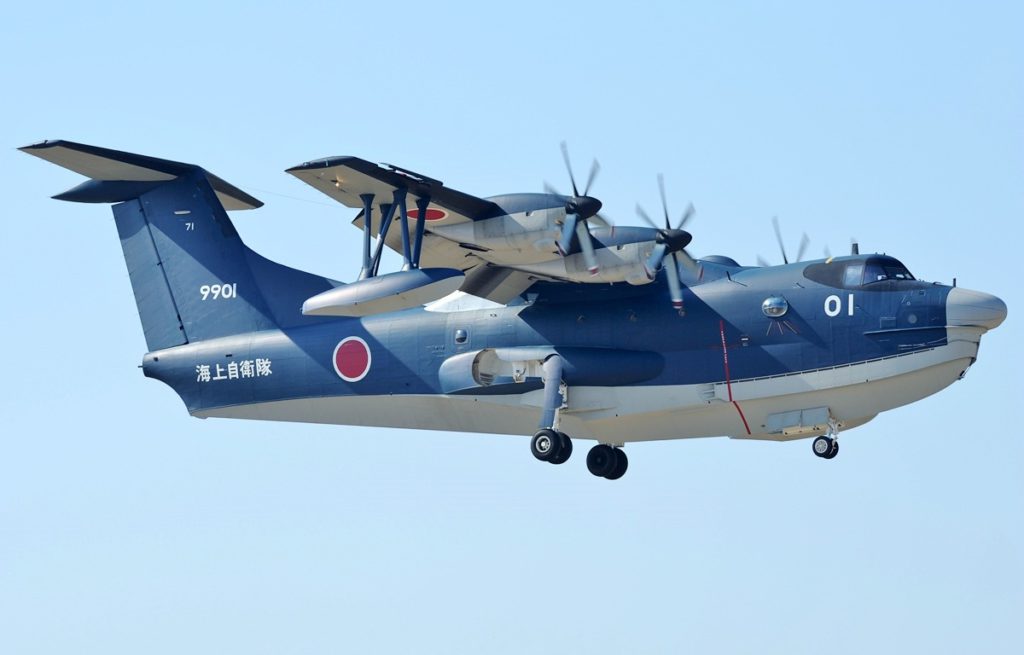
The ShinMaywa US-2 is what you get when engineers refuse to accept that water landings are supposed to be gentle affairs. This amphibious marvel lands on 3-meter waves—conditions that would have most seaplane pilots radioing for alternatives. The ShinMaywa US-2 amphibious aircraft is indispensable for maritime rescue and disaster relief.
Taking off in just 280 meters of water, it’s like watching a building decide to fly. With a 2,800-kilometer range, it reaches remote maritime emergencies when other aircraft would be calculating fuel reserves. For those stranded at sea, the sight of a US-2 descending through storm clouds isn’t just transportation—it’s salvation with wings.
11. Mitsubishi F-X (F-3)
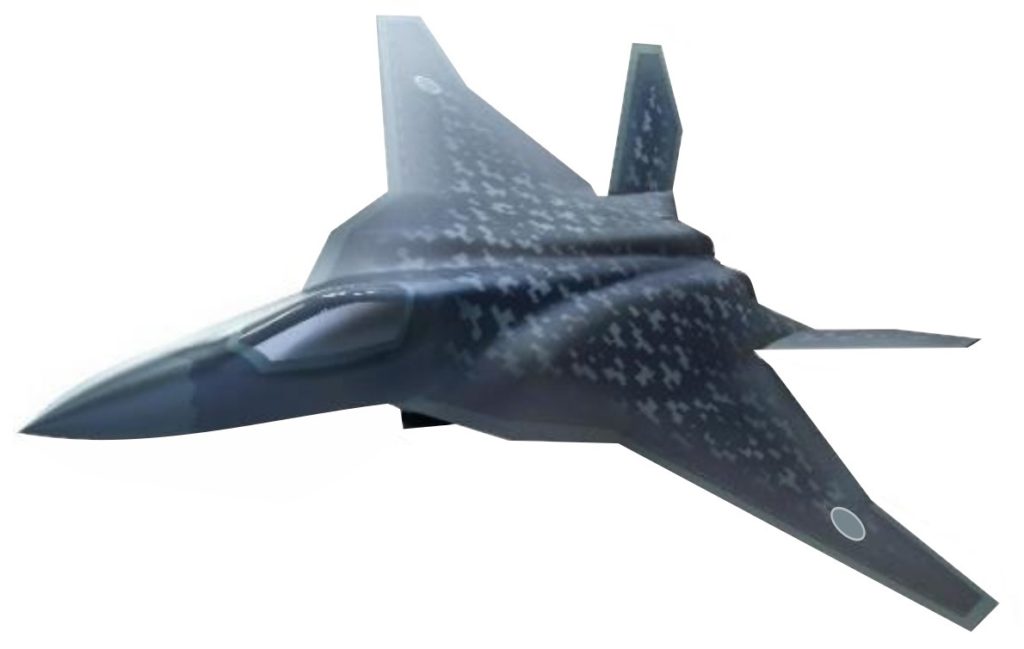
The Mitsubishi F-X is the country’s ticket to the sixth-generation fighter club, a group so exclusive it doesn’t even exist yet. Mitsubishi F-X sixth-generation fighter is being developed in collaboration with the UK and Italy, positioning Japan at the forefront of next-gen fighter technology. Designed to replace the aging F-2 fleet, it incorporates AI and sensor fusion that make current fighters look like they’re running Windows 95.
The ability to control drone wingmen mid-flight transforms one aircraft into a coordinated attack package. Advanced stealth features don’t just make it hard to detect—they make it a ghost in contested airspace. With deployment expected around 2035, the F-X represents Japan’s aerospace ambitions crystallized into a single platform.
10. NAMC YS-11
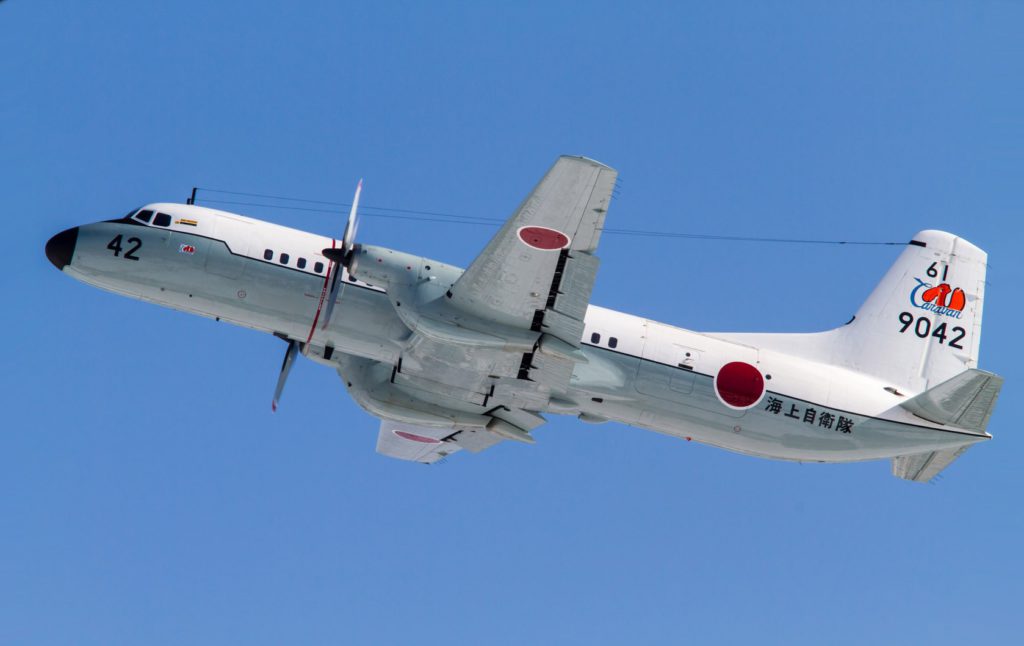
When Japan was rebuilding in the 1960s, the NAMC YS-11 was a statement. NAMC YS-11 history chronicles the YS-11’s role in Japan’s postwar aviation resurgence, supporting the article’s historical context. This twin-engine turboprop carried more than passengers; it transported Japan’s industrial pride across Asian skies and beyond.
With over 180 built, the YS-11 served routes from Tokyo to Tucson, proving Japanese engineering could compete globally. Sure, maintenance wasn’t a walk in the park, but that’s the price of pioneering. The YS-11 stands as aviation archaeology now, but it’s the foundation that today’s Japanese aerospace giants built upon—like finding the first brick of a skyscraper.
9. Archer Midnight (City Hopper Jet)
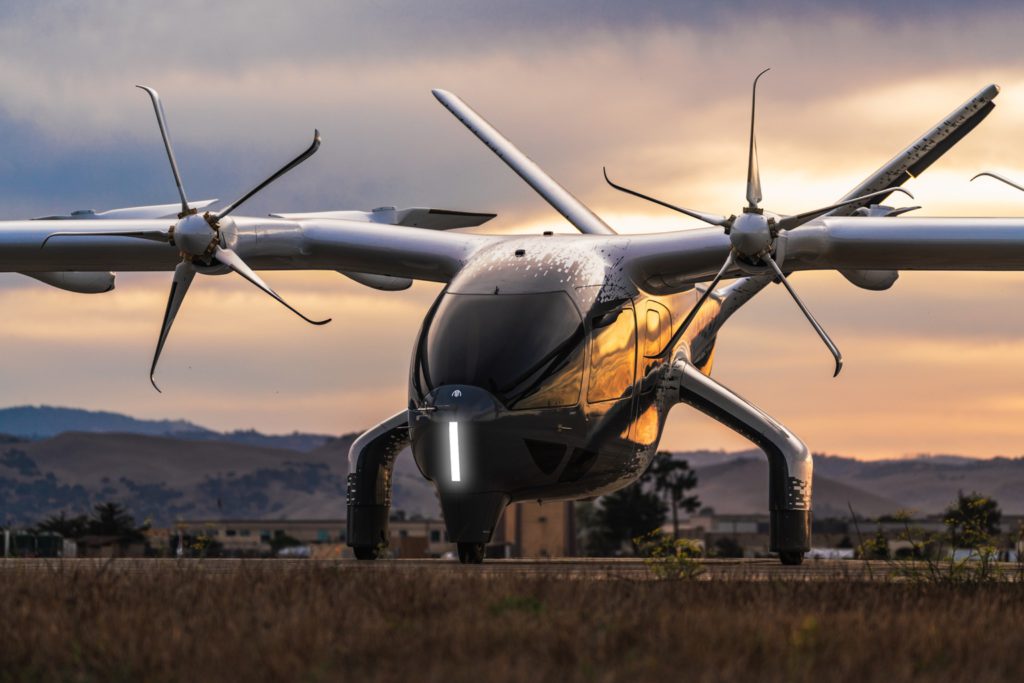
Picture your morning commute: 45 minutes crawling through traffic versus 10 minutes soaring above it. With Japanese firm Source securing 100 units at $5 million each, they’re the near future of city travel hitting Japanese skies by 2026. Archer Midnight eVTOL in Japan explains the deployment and regulatory landscape for eVTOL city hoppers in Japan.
Carrying four passengers plus pilot on 32-kilometer hops between urban centers, the Midnight transforms soul-crushing commutes into scenic sky tours. Zero emissions and whisper-quiet operation mean you’re saving time without dumping carbon or waking neighborhoods. Japan’s dense urban centers and tech-forward infrastructure make it the perfect testbed for this transportation revolution.
8. Mitsubishi X-2 Shinshin
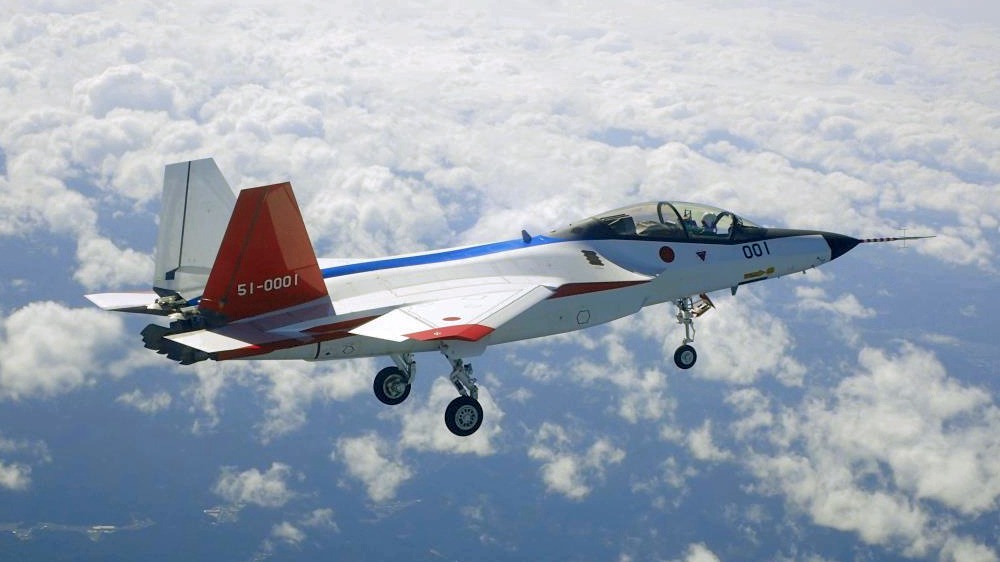
When the Mitsubishi X-2 Shinshin took flight in 2016, it was Japan announcing its entry into the stealth club. This technology demonstrator validated systems that put Japan in rare air among aviation powers.
With 3D thrust vectoring and radar-absorbing materials developed domestically, the X-2 proved Japan could create cutting-edge military technology without foreign handholding. Engineers developed nearly 90% of the aircraft in-country, creating intellectual property that will power defense innovation for decades. The X-2 may never enter production, but that was never the point.
7. Autonomous Flight Systems
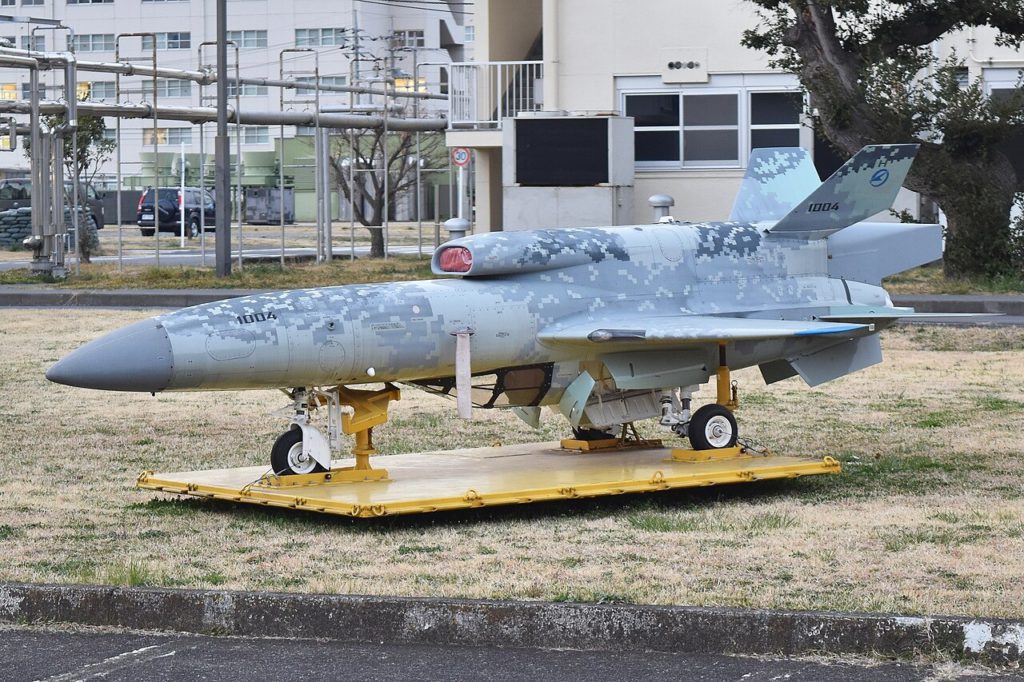
Subaru’s partnership with Boeing on autonomous cargo flights could eliminate the pilot shortage that’s grounding 15% of scheduled flights globally. These AI advancements are driving the next era of aviation safety and efficiency. Their AI-powered flight management system, tested on modified Bell helicopters, makes 500 decisions per second—far exceeding human reaction times during emergencies.
Mitsubishi’s JAXA collaboration on autonomous passenger aircraft targets 2030 commercial deployment, with fail-safes including triple-redundant navigation systems and emergency landing protocols. SoftBank’s $200 million investment in autonomous aviation startups signals serious money backing the technology. The regulatory framework remains the bottleneck, not the tech—Japan’s Civil Aviation Bureau expects certification guidelines by 2027.
6. Kawasaki P-1
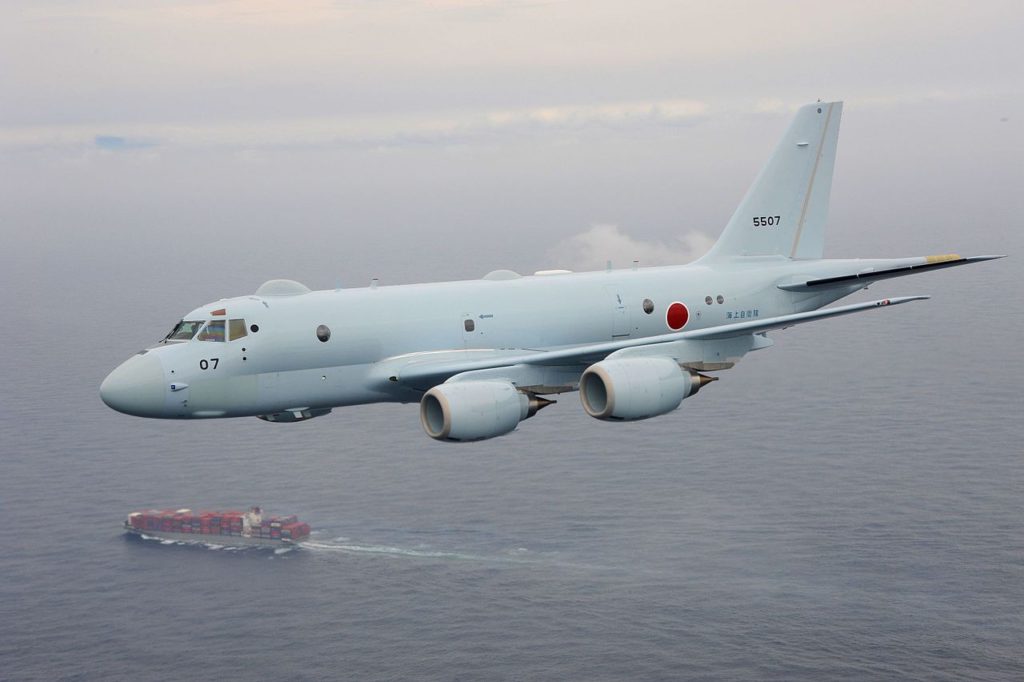
Maritime patrol is chess, not checkers, and the Kawasaki P-1 is Japan’s grandmaster. As the country’s first domestically developed maritime patrol aircraft, it hunts submarines and conducts surveillance with the precision of a digital native.
Four low-noise turbofans give it the reach and endurance to monitor Japan’s vast maritime interests. The sensor suite—including magnetic anomaly detectors, advanced radar, and sonobuoy systems—turns the ocean’s opacity into transparency. When needed, it can deploy everything from torpedoes to anti-ship missiles.
5. SkyDrive SD-05 (Flying Car)

Forget the fastest or fanciest flying vehicle—SkyDrive aims to build the first one you’ll actually ride. SkyDrive SD-05 flying car is set to debut at the 2025 Osaka Expo, bringing flying cars from concept to reality for Japanese commuters. This compact two-seater takes off vertically from rooftops and parking lots, turning any flat surface into a potential helipad. At an estimated $300,000, it’s priced like a luxury car, not a private jet.
With a 60 km/h cruise speed and 10-kilometer range, it handles practical urban hops rather than cross-country adventures. Public demonstrations aren’t publicity stunts—they’re dress rehearsals for the 2025 Osaka Expo, where paying passengers will experience commercial flying car service for the first time. While other companies pitch flying car fantasies, SkyDrive sells actual tickets.
4. HondaJet Elite Two
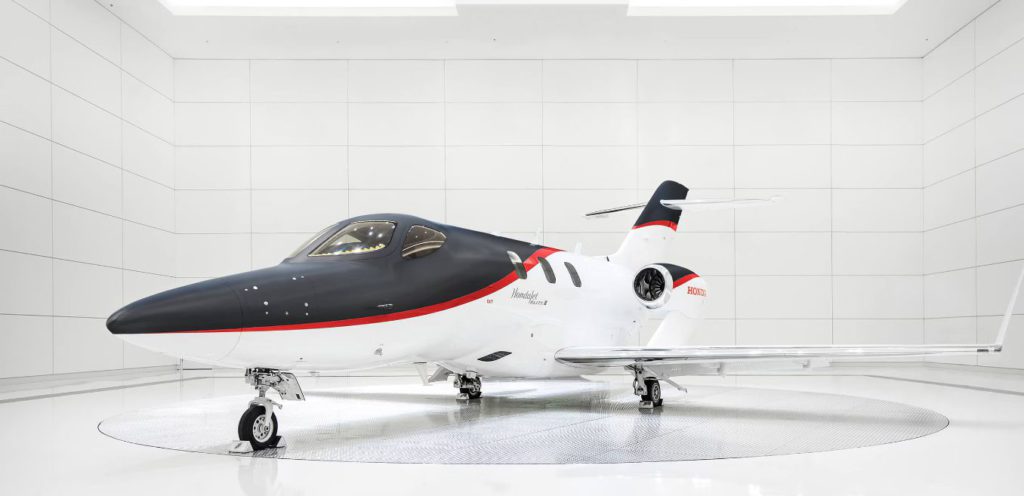
Those over-wing engine mounts slash drag like a hot knife through butter, pushing this business jet to 778 kilometers per hour while stretching every drop of fuel. At $7.2 million, it costs less than half of comparable jets while delivering superior efficiency.
With a range exceeding 2,600 kilometers, it turns cross-country hops into no big deal. The cabin seats six in whisper-quiet comfort, and the Garmin G3000 flight deck with autothrottle means pilots can focus on the big picture instead of micromanaging throttle inputs. Honda didn’t just enter the aviation game—they created their own category where efficiency trumps ego.
3. Mark Two Aurora (Spaceplane)
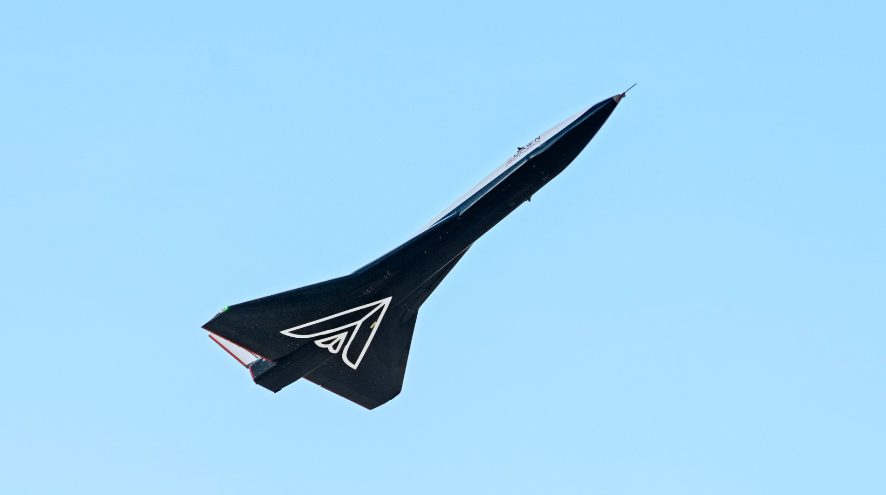
The Mark Two Aurora is to conventional rockets what rideshare is to owning a car—more accessible, more frequent, and ultimately more practical. This reusable spaceplane, backed by JAXA and ANA, uses existing runways instead of specialized launch pads.
Taking off like a jet before reaching the edge of space, it’s designed for satellite delivery and suborbital research with the efficiency of multiple daily launches. ANA’s involvement signals potential for both satellite logistics and the holy grail—affordable space tourism. While economic viability remains the big question mark, the Aurora represents a middle path between conventional flight and traditional rocketry.
2. Kawasaki OH-1 Ninja

The Kawasaki OH-1 Ninja is what happens when stealth technology meets rotorcraft engineering. Replacing the ancient OH-6 wasn’t just an upgrade; it was like swapping a flip phone for the latest smartphone.
The OH-1’s tandem cockpit gives pilots and weapons officers the spatial awareness they need when things get dicey. Its twin engines whisper rather than roar, and the avionics package makes reconnaissance and targeting feel less like guesswork and more like precision surgery. The stealth features—minimal radar and infrared signatures—mean this bird can fly into contested airspace without broadcasting “HERE I AM” to enemy systems.
1. Subaru/Bell UHX (UH-2)
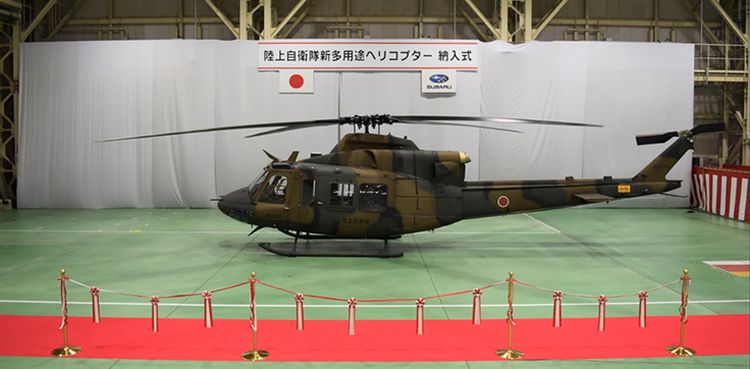
Some helicopters are built for air shows. The Subaru/Bell UHX is built for Monday mornings in monsoon season. This workhorse cares most about getting the job done when everything else is grounded.
Based on the battle-proven Bell 412, Subaru didn’t reinvent the wheel here—they just made it significantly better. Enhanced avionics, beefier engines, and structural improvements that boost performance in Japan’s varied terrain. It hauls troops and cargo with the reliability of that delivery guy who shows up in a blizzard.


